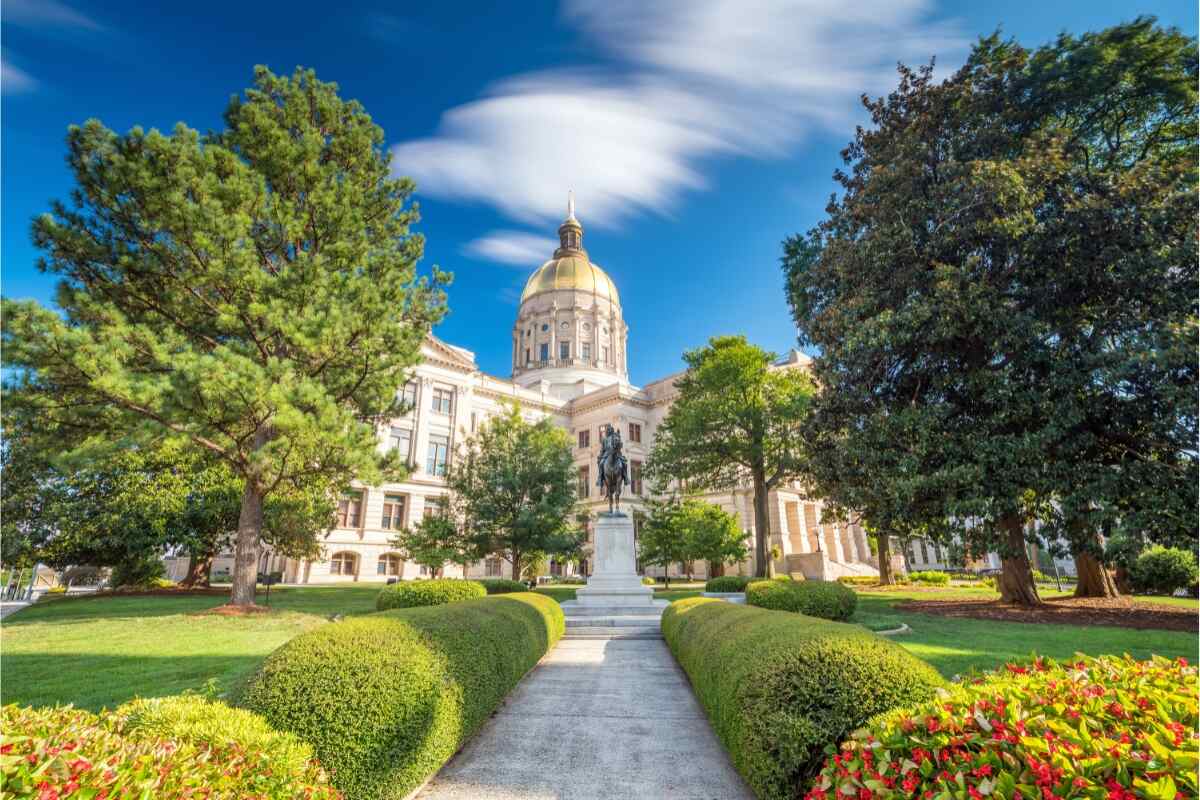
Although Georgia’s weather is far from Hawaii’s year-round warm climate, it is also not close to the cold winters of states like Maine and Oregon. Similar to other states with diverse elevations and climatic patterns, the Peach State falls in multiple USDA plant hardiness zones, aka planting zones. Georgia is in planting zones 6a to 9a.
With Georgia bordering Florida and expanding northward, its subtropical and moderately continental climate means hot summers and mild winters. This article will give you the USDA plant hardiness zones for the different regions of Georgia, so you can identify which plants will thrive in your area.
North Georgia USDA Planting Zone
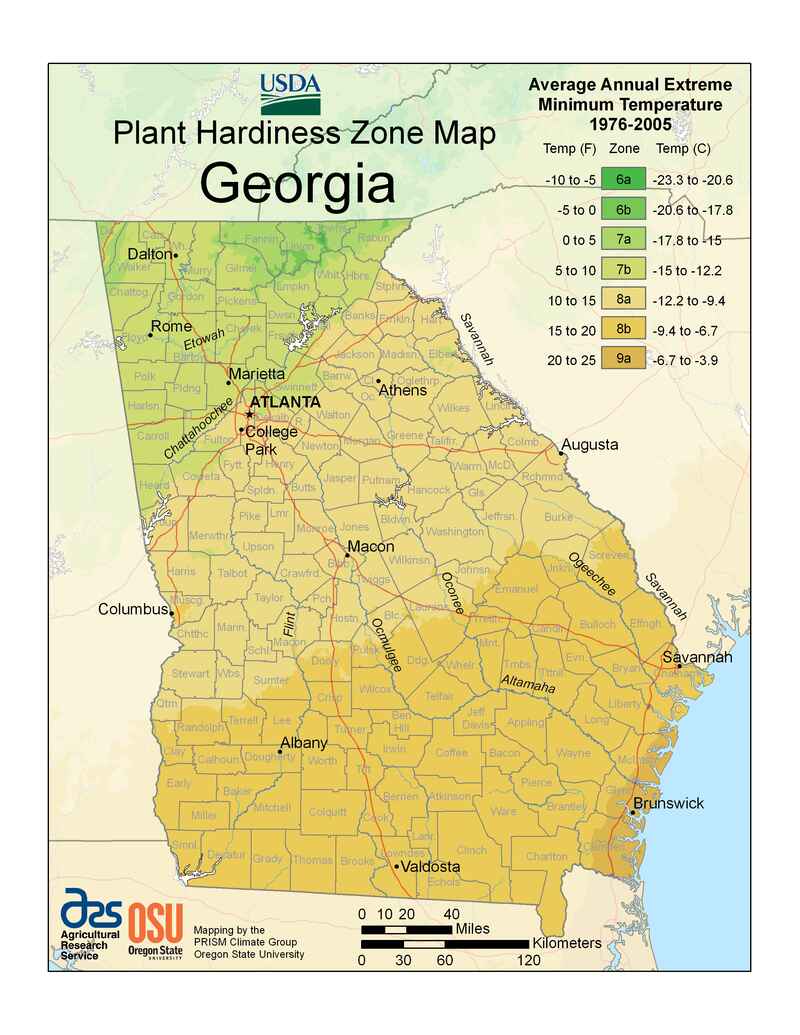
The Appalachian Plateau, the Ridge and Valley region, and the Blue Ridge regions comprise North Georgia. These areas are in planting zones 6a through 7a.
This region is comprised of rolling hills and areas with different elevation levels, which cause variable climates across the region. Summers typically consist of several days of warm and humid weather. Afternoon temperatures average in the low to upper 80s, reaching the 90s and higher for 15 to 60 days yearly.
Winter temperatures fluctuate even more, with afternoon high temperatures averaging between the 40s and 50s. Average lows range between the 20s to the mid to low 30s. It can get as cold as 32 degrees or lower 50 to 110 days a year. The first frost is in October, and the last frost date is in April.
Appalachian Plateau Planting Zones
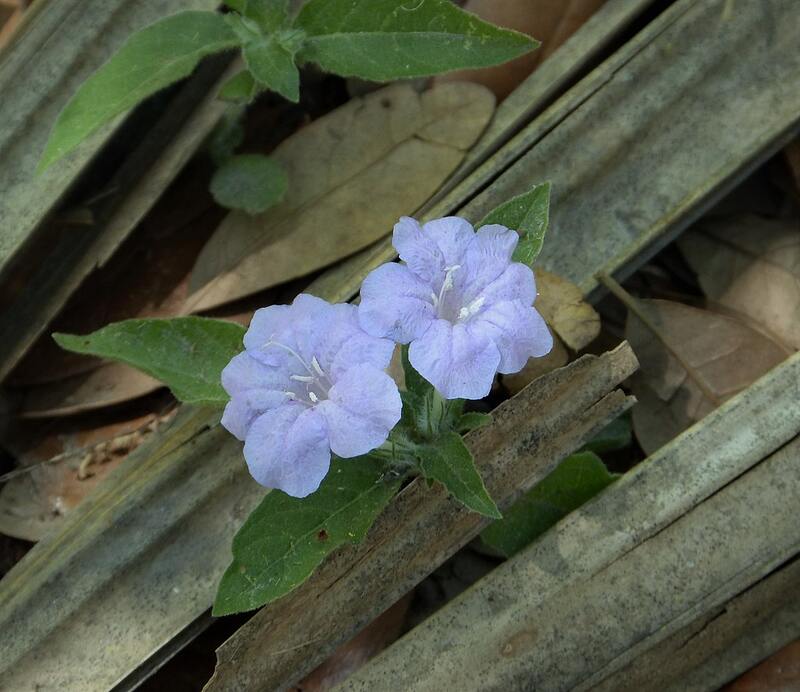
Most of the Appalachian Plateau is in planting zone 7a. This area is located in the Northwestern corner of the state. The higher elevation of this region results in mild summers and cool winters.
The average temperature in the summer is 70 degrees Fahrenheit, while in the winter, it is slightly above 40 degrees Fahrenheit. This area includes Dade and Walker counties.
Best Native Plants for the Appalachian Plateau:
- Eastern Hemlock (Tsuga canadensis)
- Orange Jewelweed (Impatiens capensis)
- Dwarf Larkspur (Delphinium tricorne)
- Carolina Wild Petunia (Ruellia caroliniensis)
- Clasping Venus’ Looking-Glass (Triodanis perfoliata)
Ridge and Valley Planting Zones
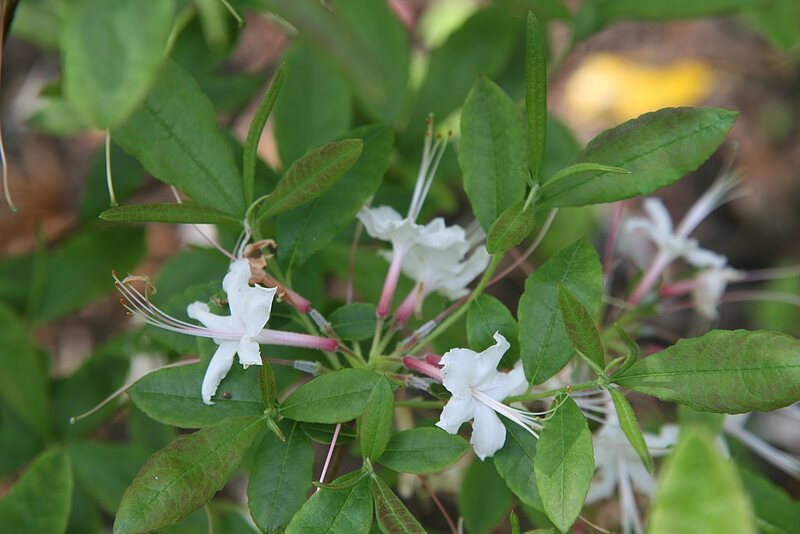
This area is in planting zones 7a and 7b. It is adjacent to the Appalachian Plateau, spanning east and south of it. The Ridge and Valley region is also situated in the northwestern corner of the state. It connects parts of Georgia and Tennessee with the eastern region of Alabama.
The Ridge and Valley section of the state, which includes Gordon, Floyd, and Whitfield counties, experiences weather similar to the Plateau region. It has mild summers and cooler winters.
Best Native Plants for Ridge and Valley:
- Eastern Hemlock (Tsuga canadensis)
- Yellow Birch (Betula alleghaniensis)
- Mountain Skullcap (Scutellaria montana)
- Eastern Shooting Star (Primula meadia)
- Piedmont Azalea (Rhododendron canescens)
Blue Ridge Planting Zones
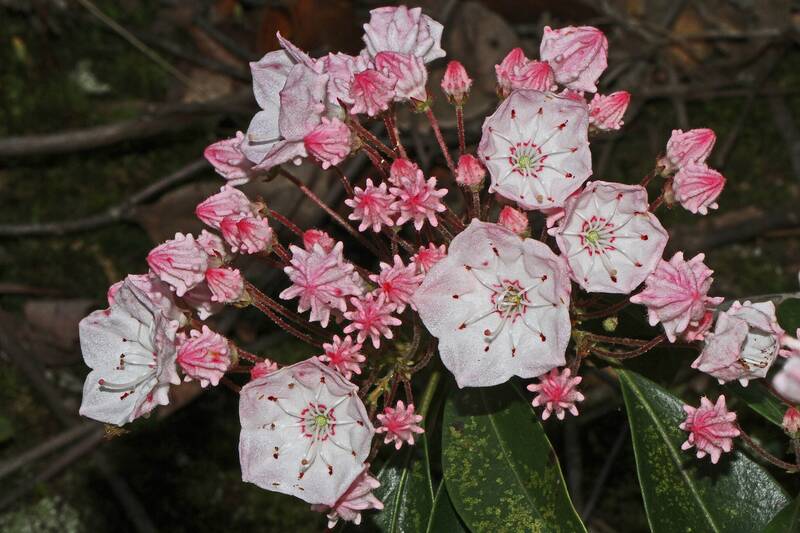
The Blue Ridge is in planting zones 6a through 7a, with most of the area located primarily in zone 7a. The Blue Ridge is in the northeastern corner and has the highest elevation, making it the coldest and wettest region in Georgia.
Summer temperatures average 69 degrees Fahrenheit, while winter temperatures average around 45 degrees Fahrenheit. Some counties in this region are Union, Towns, and Rabun.
Best Native Plants for Blue Ridge:
Due to its high elevation, this area experiences the highest precipitation in North Georgia and the entire state. Plants in this region should be adapted to thrive in wet conditions.
- Mountain Azalea (Rhododendron canescens)
- Chestnut Oak (Quercus prinus)
- Cherokee Rose (Rosa laevigata)
- Mountain Laurel (Kalmia latifolia)
Best Grass for North Georgia
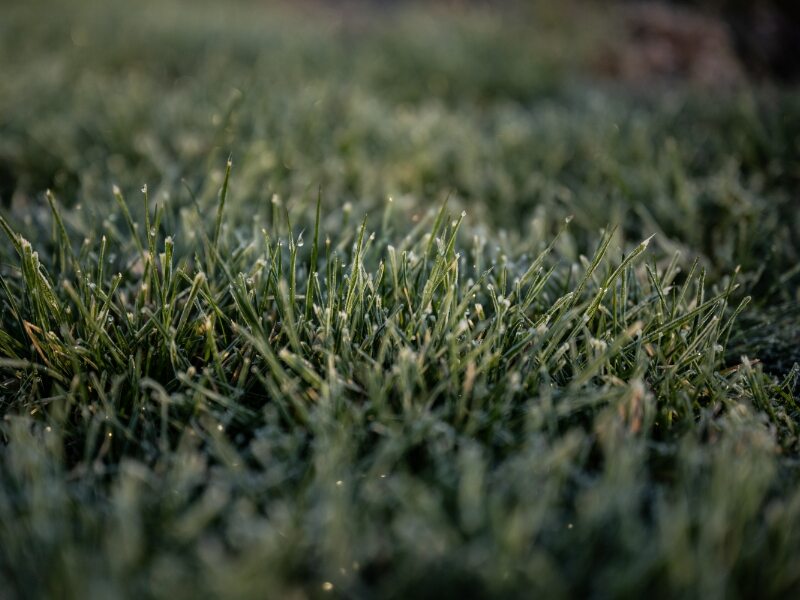
A healthy and attractive lawn will complement your diverse display of native plants. Choosing the right grass seed for Georgia is just as important as choosing the right plants. Like parts of Oklahoma and Arizona, North Georgia is in the transition zone, meaning both cool- and warm-season grasses grow well.
Turf-type tall fescue is the best grass for North Georgia. Some other grasses that also flourish in the area are:
- Perennial ryegrass
- Zoysia
- Kentucky bluegrass
- Bermuda
Central Georgia USDA Planting Zone
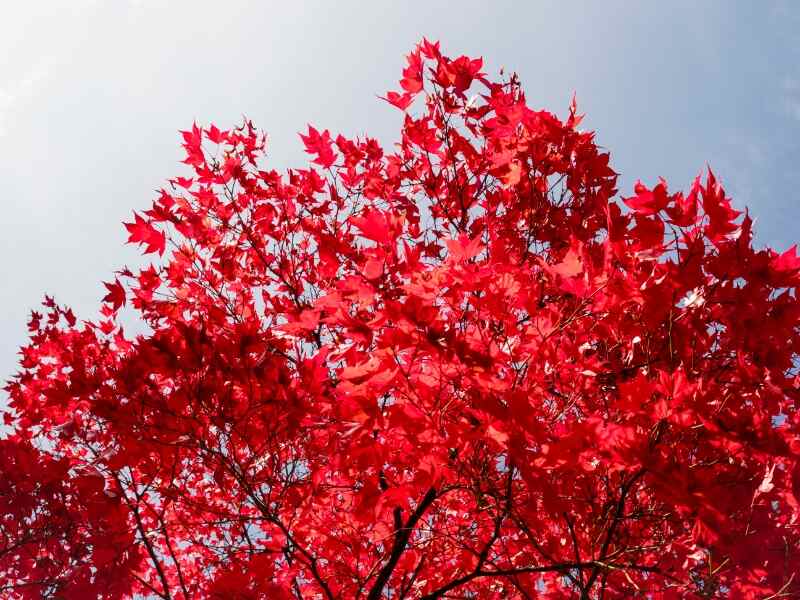
The Piedmont makes up Central Georgia. It includes the Fall Line, which is the border that separates the Piedmont from the Coastal Plains. The Piedmont is in planting zones 7b through 8a. Most of the region is in zone 8a, making low-maintenance landscaping in Atlanta and the surrounding area easy to achieve.
Many counties may stretch across multiple regions and planting zones. For example, Cobb County, which is home to the town of Vinings, is in the Piedmont region and located in zone 7b, with a small amount of the county in 8a. Some counties are in both planting zones 7b and 8a.
The Piedmont is home to the metro-Atlanta area, which comprises 11 counties. It also consists of the cities Columbus (Muscogee County), Macon (Bibb County), and Augusta (Richmond County), which sit on the Fall Line.
Like North Georgia, the Piedmont also contains rolling hills. This area has the highest population in the state. Its summers are warm to hot and humid and winters are cool. Summer afternoon temperatures usually average a high in the low 90 degrees Fahrenheit, but the area also experiences several days at higher temperatures.
Winter weather is more unpredictable, ranging from mild to frigid. On average, it can get as high as the mid-50s to low 60s. The lowest temperatures usually average in the mid-30s. In the winter, Central Georgia experiences lows of 32 degrees or lower for several days.
Best Native Plants for the Piedmont:
Central Georgia’s first frost is in mid-November, and the last frost date is around the middle to late March. If you want to landscape with trees in the Atlanta area you have a few options. Native plants identified as best for these conditions are:
- Shortleaf Pine (Pinus echinata)
- Red Maple (Acer rubrum)
- Velvetleaf Milkweed (Asclepias tomentosa)
- Mountain Silverbell (Halesia tetraptera)
- Mountain Laurel (Kalmia latifolia)
- American Sweetgum (Liquidambar styraciflua)
Best Grass for Central Georgia
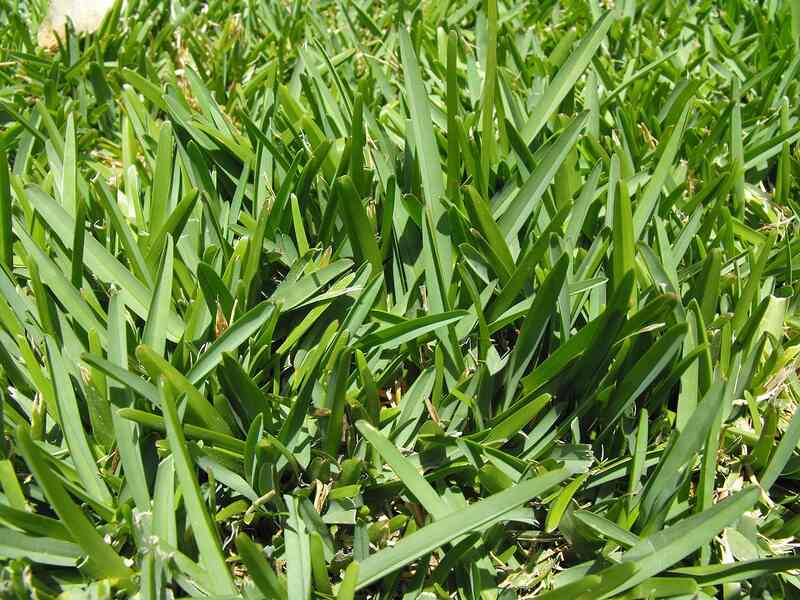
The warm-season grasses are best in this Georgia growing zone, which lies between colder, wetter northern climates and hotter, drier southern climates.
Zoysiagrass is the most highly recommended grass for Central Georgia. Other options that grow well in the area include:
- St. Augustinegrass
- Centipedegrass
- Bermudagrass
Selecting grass depends on many factors in addition to the local climate. Other things to consider are your yard’s characteristics, like soil type and how well it retains or drains water. If your property does not receive a lot of sun, you’ll want to choose the best grass seed for shade.
South Georgia USDA Planting Zone
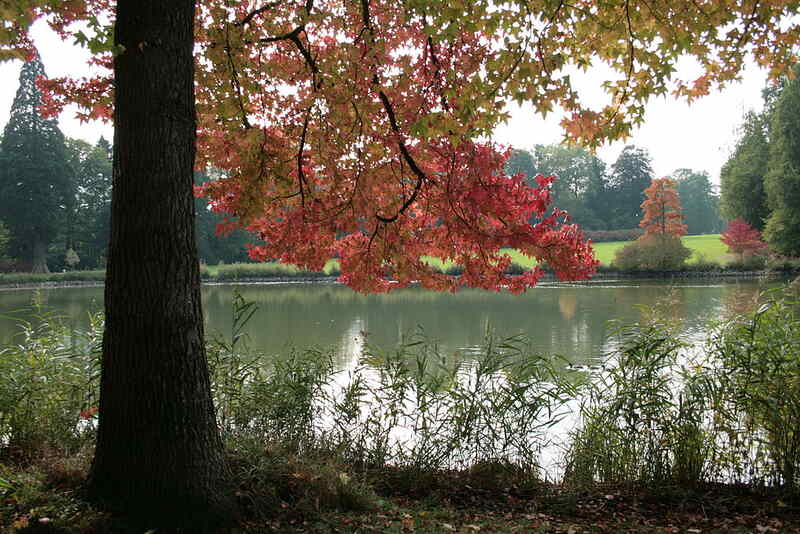
South Georgia comprises the Coastal Plain. This area is in planting zones 8a through zone 9a. Most of the Coastal Plain is in zone 8b. Counties along the Atlantic Coast are in both zones 8b and 9a. Counties on the Florida border are in zone 8b.
The Coastal Plain comprises 60% of Georgia. It stretches from the Fall Line to the Atlantic Ocean.
Summers are hot and winters are mild with minimal snowfall. The average annual high is 77 degrees Fahrenheit, and the average low annually is 54 degrees Fahrenheit. Temperatures exceed 90 degrees during the summer and drop below 32 degrees in the winter. However, it can be rare in some areas of the Coastal Plain for daily temperatures to fall that low.
The first frost is in early to mid-December, and the last frost dates are in March.
Best Native Plants for the Coastal Plain:
A great gardening tip for this region is to use plants that can withstand warmer weather and less precipitation. The coastal plain receives less rainfall than the northern areas of the state. Here are some plants that will look great in your South Georgia home landscaping design:
- Redgum (Liquidambar styraciflua)
- Fewflower Milkweed (Asclepias lanceolata)
- Golden Canna (Canna flaccida)
- Yellow Jessamine (Gelsemium sempervirens)
- Nuttall’s Thistle (Cirsium nuttallii)
Best Grass for South Georgia
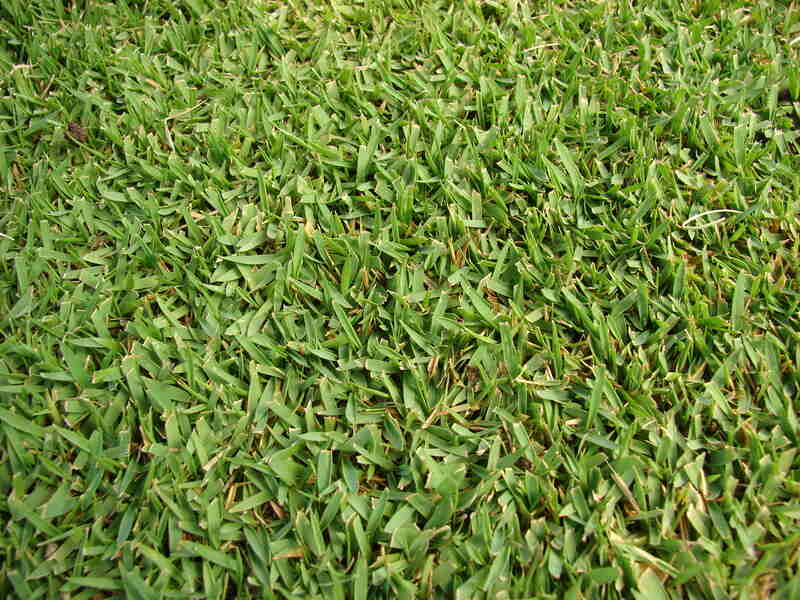
Since this is the hottest and driest area of the state, it requires grass that can thrive in high temperatures and low rainfall. The best choices in this Georgia climate zone are centipedegrass and St. Augustinegrass. Two warm-season grass seeds that are moderate to highly drought tolerant that will also grow well are Zoysiagrass and Bermudagrass
Why Georgia Planting Zones Matter
The USDA separates areas by the lowest winter temperatures recorded in that area. The hardiness zone map helps identify which plants have the hardiness to survive the region’s coldest temperatures. Plants may still survive in your area if they are not native and in your planting zone. They may, however, take more maintenance to grow well.
If you select plants outside of your zone, choose those in a lower zone. Vegetation in higher zones are least likely to survive the lowest temperatures in your zone. In other words, if you live in Gwinnett County, which is zone 7b, use plants in zones 1 through 7b.
Here is a breakdown of Georgia’s planting zones, according to the USDA Plant Hardiness Zone Map:
| USDA Hardiness Zone | Average Minimum Winter Temperature (Fahrenheit) |
| 6a | -5 to -10 |
| 6b | 0 to -5 |
| 7a | 5 to 0 |
| 7b | 10 to 5 |
| 8a | 15 to 10 |
| 8b | 20 to 15 |
| 9a | 20 to 25 |
FAQ: Planting in Georgia
What Planting Zone is Atlanta?
The Atlanta growing zones are 7b and 8a, meaning plants falling within these zones can survive winter low temperatures ranging from 5 to 15 degrees Fahrenheit.
What Zone is Athens?
Athens is in zone 8a, meaning plants should be hardy enough for the city’s lowest temperatures, which are between 10 and 15 degrees Fahrenheit.
What Hardiness Zone is Savannah?
Savannah is in USDA hardiness zone 8b. Plants in this zone should be able to survive the coldest temperatures falling between 15 and 20 degrees Fahrenheit.
What is the Plant Hardiness Zone for Augusta?
Augusta is located in planting zone 8a.
What are Some Common Weeds in Georgia?
Just like native plants thrive in Georgia’s planting zones, so do many local weeds. Here are some of the weeds common to Georgia:
- Nutgrass
- Chickweed
- Annual bluegrass
- Dandelions
- Crabgrass
- Goosegrass
Final Thoughts
Georgia’s subtropical to continental climate yields several days of warm weather. If you’re in one of the coastal cities, you have the pleasure of experiencing very few days with cold temperatures. Whether it’s turfgrass, houseplants, veggies, or fruit trees, you can enjoy flora that adds visual appeal to your landscape.
For more help with your gardening and lawn care needs, contact a local Georgia landscaping pro. Whether you’re in Atlanta, Savannah, Augusta, Athens, or Macon, LawnStarter can connect you with a reliable, background-checked local pro who can keep your lawn and landscape looking beautiful, taking full advantage of the Peach State’s wonderful gardening weather.
Main Photo Credit: f11photo / Canva Pro / License